The relationship between a snake owner and their reptilian companion is unique, requiring an understanding of these animals’ distinct needs and behaviors. Unlike traditional pets that often seek affection and interaction, snakes have different requirements when it comes to handling and human contact. Finding the perfect balance between necessary handling and respecting your snake’s natural tendencies is crucial for both their physical health and psychological well-being. This guide explores the nuances of snake handling, helping owners develop handling routines that promote trust while minimizing stress for these fascinating creatures.
Understanding Your Snake’s Natural Behavior
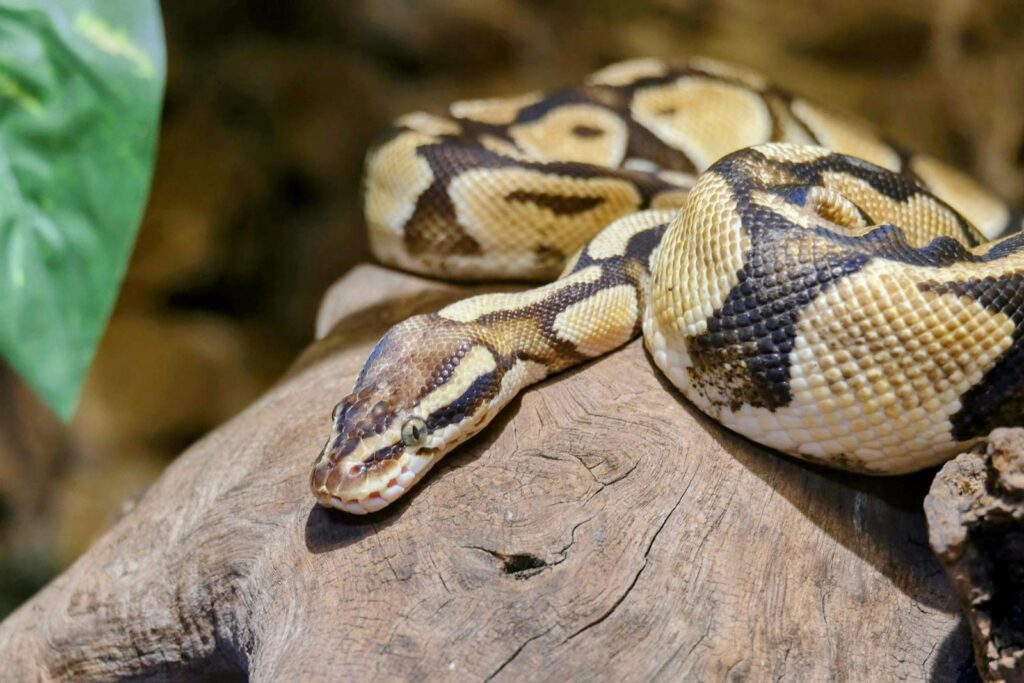
Snakes are primarily solitary creatures that don’t naturally seek physical interaction with other animals or humans. In the wild, most snake species spend their time hunting, thermoregulating, exploring their territory, or hiding from potential predators. Physical contact with larger animals typically represents a threat in their natural environment, triggering a stress response. This fundamental aspect of snake psychology means that even captive-bred specimens retain some level of wariness toward handling. Understanding this baseline behavior helps set realistic expectations about how your snake will respond to regular handling sessions and why moderation is essential to maintaining their health and comfort.
The Benefits of Regular Handling
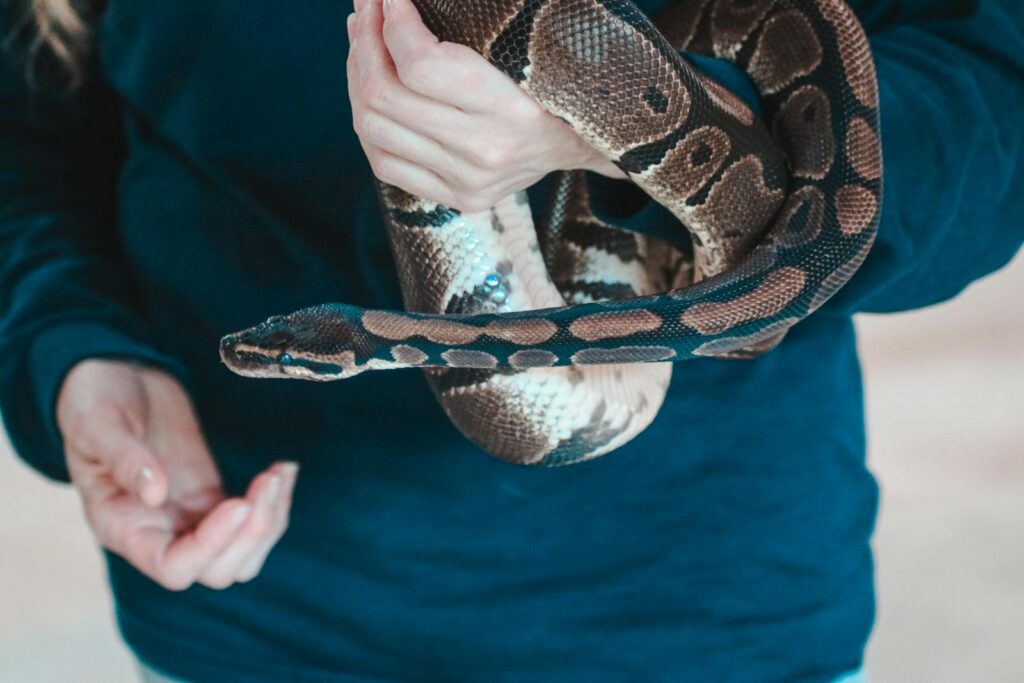
Despite their solitary nature, establishing a regular handling routine offers several benefits for captive snakes. Consistent, gentle handling helps your snake become accustomed to human interaction, potentially reducing stress during necessary procedures like enclosure cleaning or veterinary visits. For many species, proper handling can contribute to socialization, making future interactions less stressful for both snake and owner. Regular handling also provides an opportunity to visually inspect your snake for any health concerns, such as abnormal shedding, mites, injuries, or early signs of illness. Additionally, handling sessions offer enrichment and exercise opportunities that complement your snake’s regular enclosure activities.
Signs Your Snake Is Tolerating Handling Well
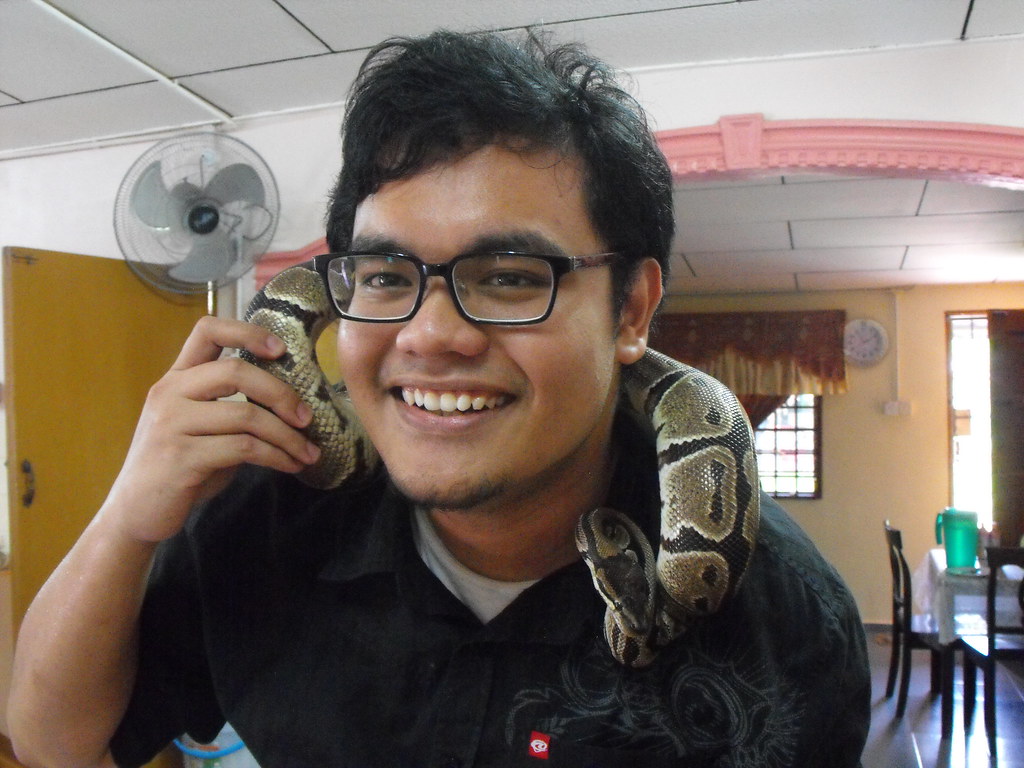
A snake that is comfortable during handling displays several recognizable behaviors that indicate minimal stress. Calm, deliberate movements without frantic attempts to escape suggest your snake feels secure in your hands. Muscle tone that is neither rigid (defensive posturing) nor completely limp (extreme stress) indicates an appropriate level of alertness without fear. Tongue flicking at a normal rate represents your snake’s natural way of gathering information about its environment rather than showing distress. Absence of defensive behaviors like hissing, striking, musking (releasing foul-smelling secretions), or coiling tightly also suggests your snake is tolerating the interaction well. These positive indicators help gauge whether your current handling frequency is appropriate for your individual snake.
Recognizing Stress Signals During Handling

Being attentive to signs of stress during handling sessions is crucial for adjusting your approach appropriately. Rapid breathing, evidenced by quick, pronounced movement of the snake’s body near its respiratory tract, indicates elevated stress levels. Defensive posturing such as flattening the head or neck, raising the front portion of the body, or coiling tightly suggests your snake feels threatened. Attempting to flee rapidly, consistent muscular rigidity, or refusing to explore while being handled are clear indicators of discomfort. Some species may also exhibit stress through specific behaviors like ball pythons tightly balling up, king snakes musking, or hognose snakes playing dead. If these signals appear consistently during handling, it’s important to reduce frequency and duration until your snake shows better tolerance.
Species-Specific Handling Recommendations
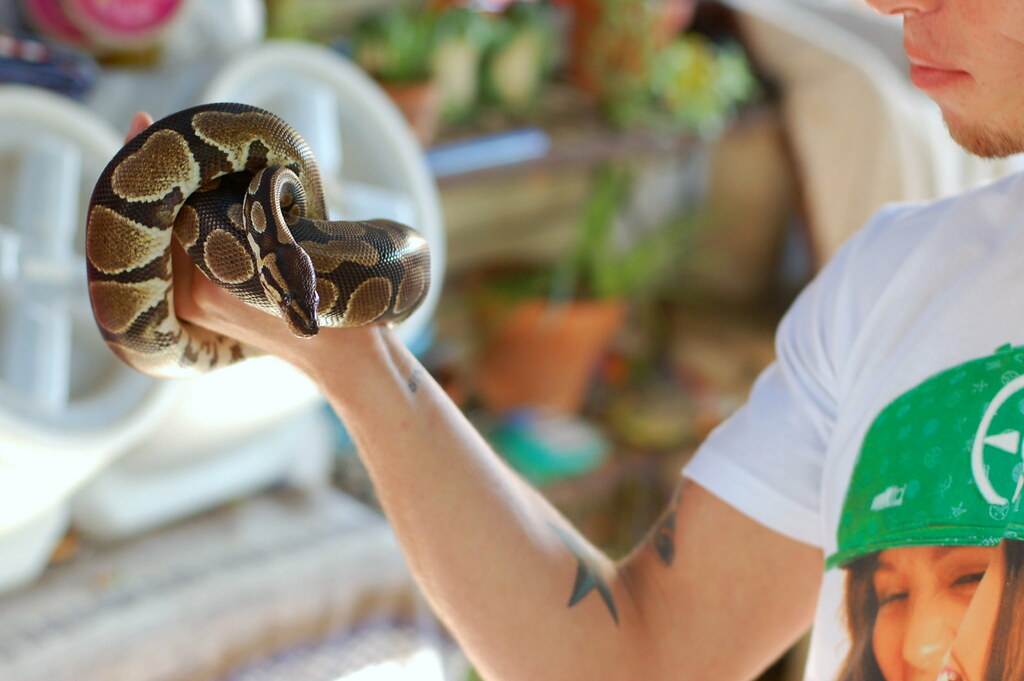
Different snake species have varying temperaments that influence optimal handling frequencies. Ball pythons, known for their docile nature, generally tolerate handling well after an initial adjustment period, with most individuals comfortable with 1-2 sessions weekly lasting 10-15 minutes. Corn snakes and king snakes, being naturally more active and curious, often adapt quickly to handling and may tolerate slightly more frequent sessions of similar duration. Reticulated pythons and boa constrictors require more cautious approaches due to their size and strength, with handling frequency depending heavily on individual temperament and age. More nervous or defensive species like hognose snakes or certain rat snake varieties may benefit from shorter, less frequent handling until trust is established. Always research your specific species’ typical behavior patterns before establishing a handling routine.
Age and Life Stage Considerations
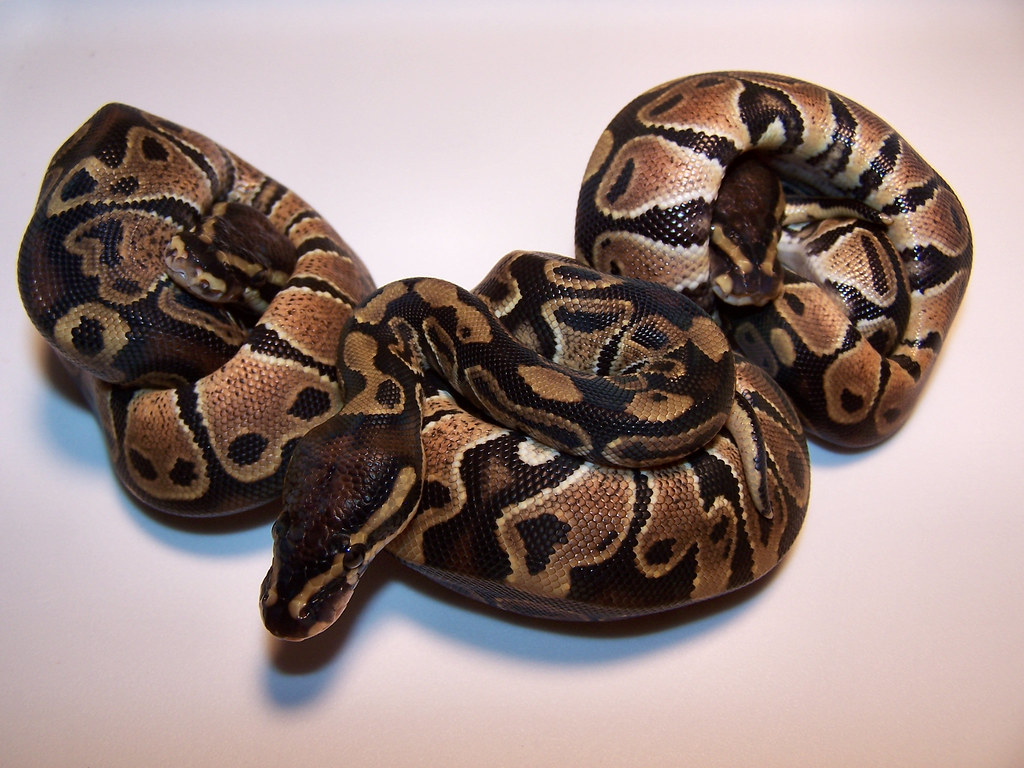
A snake’s age significantly impacts how often and how long it should be handled. Hatchlings and juvenile snakes are typically more skittish and stress more easily than adults, requiring a more gradual introduction to handling with sessions limited to 5 minutes or less initially. Adult snakes generally develop more stable temperaments and can tolerate longer handling sessions as they become accustomed to the routine. Elderly snakes may become more fragile and less tolerant of handling, necessitating shorter, less frequent sessions focused primarily on health monitoring. During certain life stages such as breeding season, snakes may show temporary changes in temperament that warrant adjusting your handling schedule. Additionally, snakes approaching shedding cycles should be handled minimally or not at all until the process is complete.
The Impact of Feeding Schedules on Handling
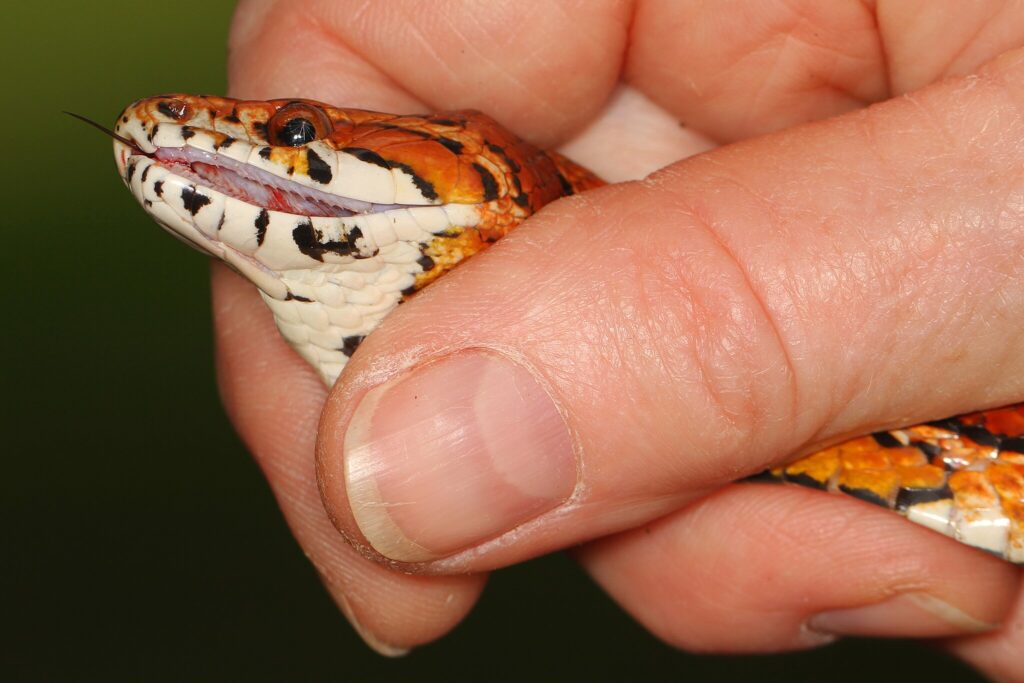
Timing handling sessions appropriately around feeding is essential for both safety and stress reduction. As a general rule, avoid handling your snake for at least 24-48 hours after feeding to prevent regurgitation, which can occur if a snake with a food bulge is handled prematurely. This waiting period allows for the initial digestive process to begin without disruption. Similarly, handling immediately before feeding may cause stress that leads to feeding refusal. Some owners notice their snakes become more alert and sometimes defensive during the pre-feeding period as they enter hunting mode. Establishing a predictable routine where handling occurs during the middle of the feeding cycle helps your snake distinguish between handling time and feeding time, potentially reducing feeding-response bites and associated stress.
Creating a Consistent Handling Routine

Consistency proves more beneficial than frequency when establishing a healthy handling relationship with your snake. Setting a regular schedule helps your snake develop predictable expectations around human interaction, reducing the surprise element that can trigger defensive responses. Begin with short sessions (5-10 minutes) at the same time of day, gradually increasing duration as your snake shows comfort signals. Space handling sessions consistently, such as twice weekly with even days between, rather than handling intensively one week and not at all the next. Maintain similar environmental conditions during handling, including a comfortable room temperature and minimal background noise or sudden movements from other household members. This consistent approach helps build a foundation of trust that makes handling a positive experience for both snake and owner.
Safe Handling Techniques That Minimize Stress
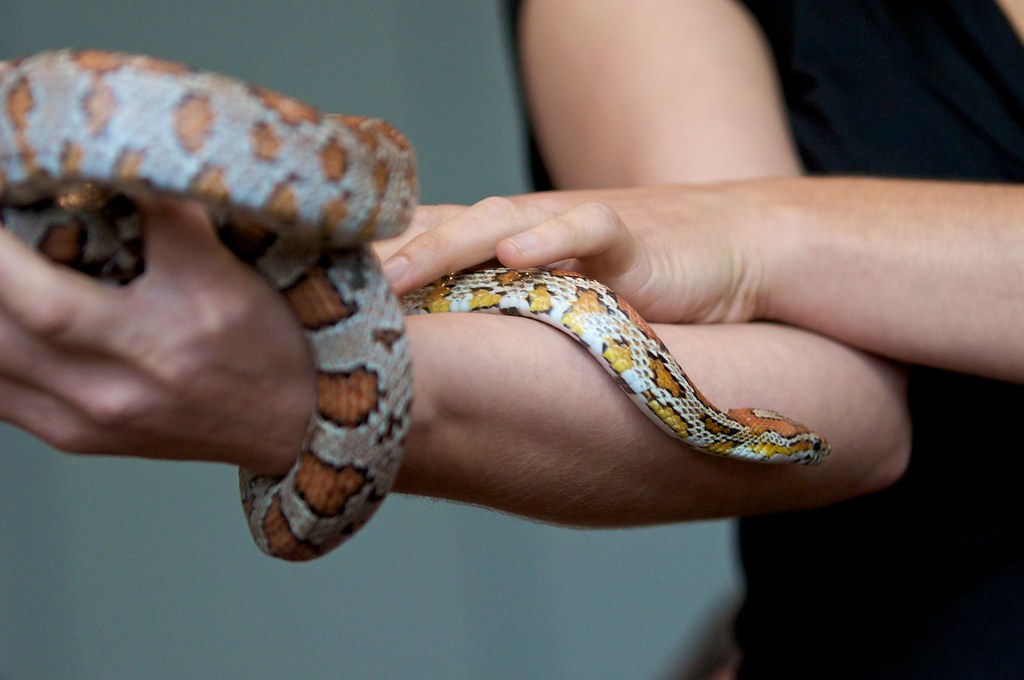
The method of handling significantly impacts how stressful the experience is for your snake. Always support your snake’s body weight properly, providing support points every 12-18 inches for larger species to prevent muscle strain or feeling insecure. Approach your snake from the side rather than from above, as overhead movements mimic predator approaches in the wild and trigger defensive responses. Move slowly and deliberately when reaching for and handling your snake, avoiding quick gestures that can startle them. Keep initial handling sessions in a neutral, quiet space without excessive stimuli, gradually introducing new environments as your snake shows comfort. For nervous individuals, starting with indirect handling methods like allowing exploration while supervising on a snake-safe surface can build confidence before attempting full handling sessions.
Seasonal Changes in Handling Requirements

Many snake species experience natural behavioral changes with the seasons that should influence handling frequency. During brumation periods (the reptile equivalent of hibernation) when metabolism slows, snakes typically become less active and may not tolerate handling well. Breeding season can trigger hormonal changes that alter even normally docile snakes’ temperaments, sometimes necessitating reduced handling until the season passes. In warmer months, some species become more active and may benefit from slightly more frequent handling for enrichment, provided they show positive responses. Seasonal shedding patterns may also intensify during certain times of year, requiring periods of minimal handling around these events. Attentive owners observe these natural cycles and adjust handling schedules accordingly rather than maintaining rigid routines regardless of seasonal behavior changes.
Handling After Significant Life Changes
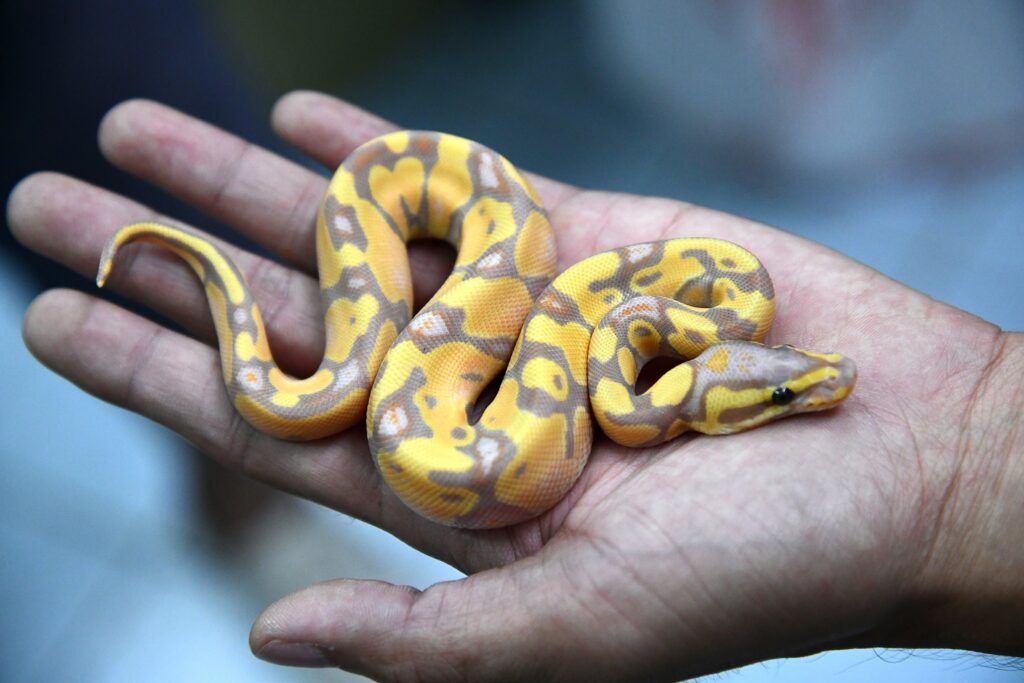
Major transitions require thoughtful adjustments to handling routines to minimize additional stress. When bringing a new snake home, implement a settling-in period of at least 7-14 days with no handling attempts beyond necessary husbandry tasks, allowing your snake to become comfortable with its new environment. After enclosure changes or relocations, provide similar adjustment periods before resuming normal handling. Following veterinary procedures or medication administration, reduced handling helps support recovery and prevents negative associations with human contact. After periods of illness, gradually reintroduce handling once your snake has returned to normal behavior patterns and feeding routines. These considerate approaches acknowledge that environmental changes already tax your snake’s stress tolerance, making additional handling potentially overwhelming during adjustment periods.
Finding Your Individual Snake’s Balance
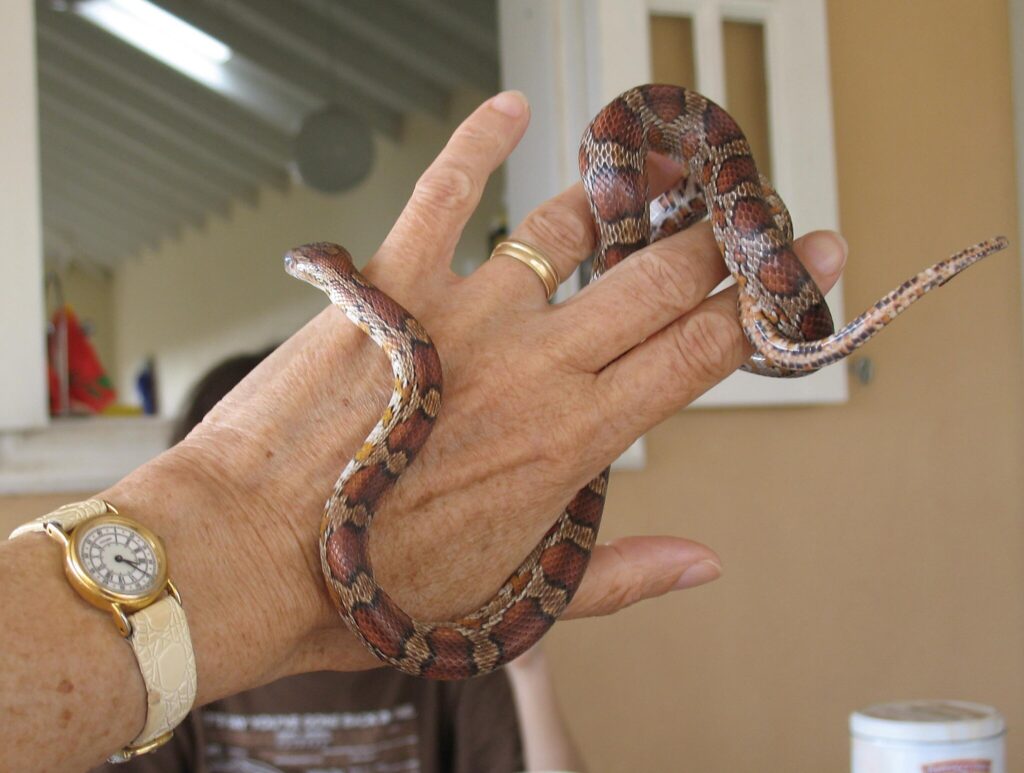
Perhaps the most important principle in snake handling is recognizing that each animal has unique preferences and tolerance levels. Some individual snakes within the same species naturally tolerate more frequent handling, while others remain more sensitive despite consistent, gentle approaches. Begin with conservative handling recommendations for your species, then carefully observe your individual snake’s responses to gradually determine their personal comfort zone. Document handling sessions, noting behavior before, during, and after to identify patterns that indicate your snake’s optimal frequency. Remember that a snake demonstrating stress during handling isn’t “mean” or “bad” but is communicating its boundaries. Respecting these individual differences leads to the most positive relationship possible between you and your reptilian companion.
When Professional Intervention May Be Needed
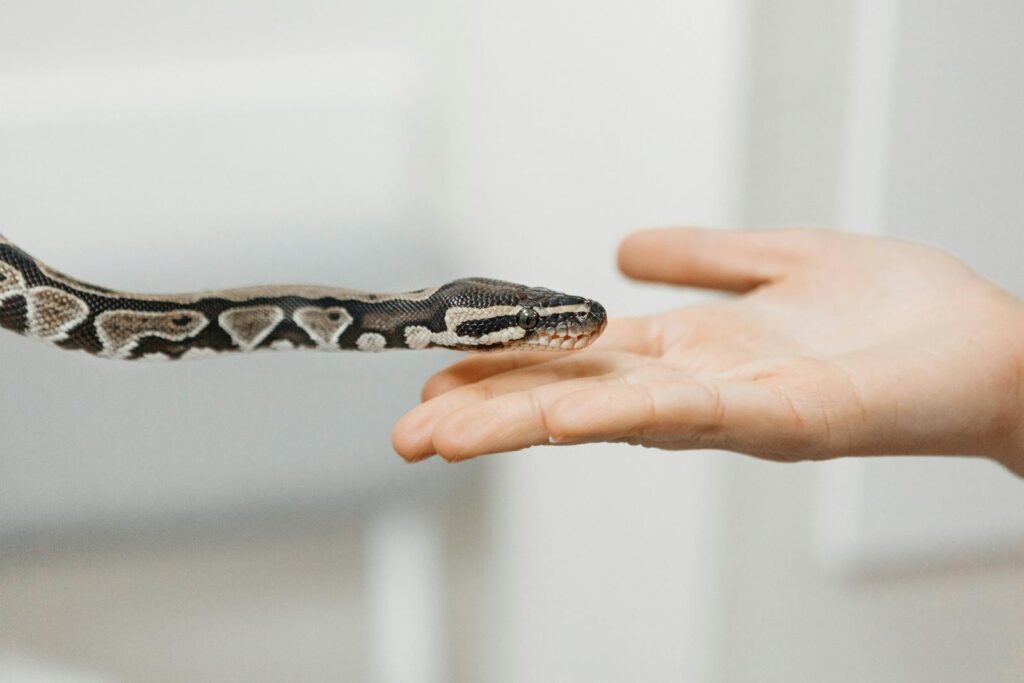
In some cases, persistent handling difficulties may require specialized assistance to resolve. Snakes that show extreme defensive behaviors despite appropriate acclimation periods and handling techniques may benefit from assessment by an experienced reptile veterinarian to rule out underlying health issues causing discomfort. Reptile behaviorists can sometimes provide species-specific guidance for particularly challenging individuals, offering handling modifications tailored to your snake’s specific responses. For rescued snakes with potential histories of improper handling or neglect, professional guidance helps develop rehabilitation plans that gradually rebuild trust. Breeders specializing in your particular species often have extensive experience with temperament variations and can provide valuable insights about handling approaches for difficult individuals. Never hesitate to seek professional advice rather than continuing handling practices that create consistent stress for your snake.
Finding the ideal handling balance for your snake ultimately comes down to respectful observation and adjustment. By understanding your snake’s natural behaviors, recognizing their individual comfort signals, and implementing species-appropriate handling routines, you create an environment of trust rather than stress. Remember that quality interactions matter more than quantity—a few positive handling experiences each week better serve your snake’s wellbeing than frequent sessions that trigger stress responses. With patience and attentiveness, most snake owners discover a handling rhythm that satisfies their desire for interaction while honoring their snake’s needs as a primarily solitary species, creating a rewarding relationship built on mutual respect.


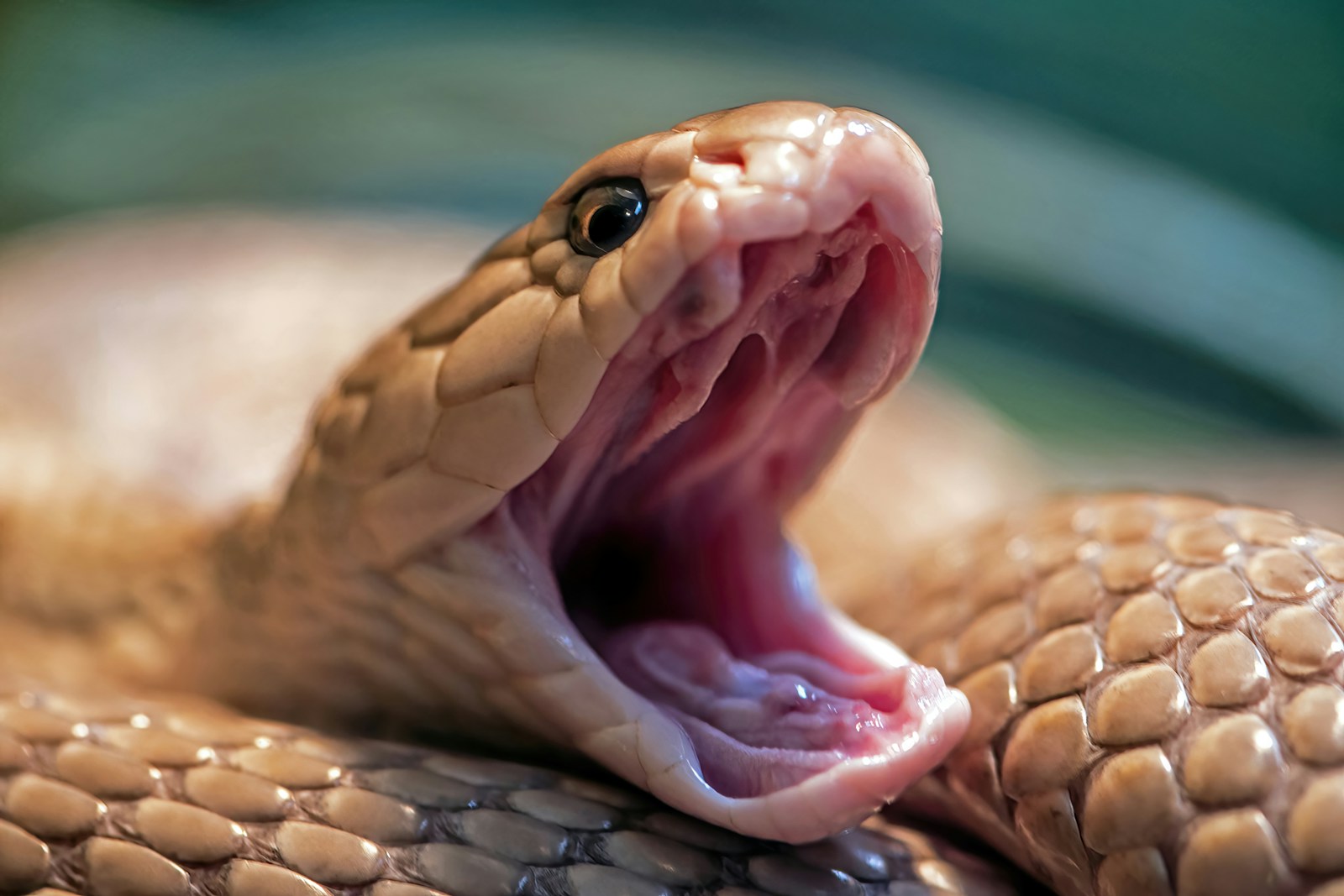



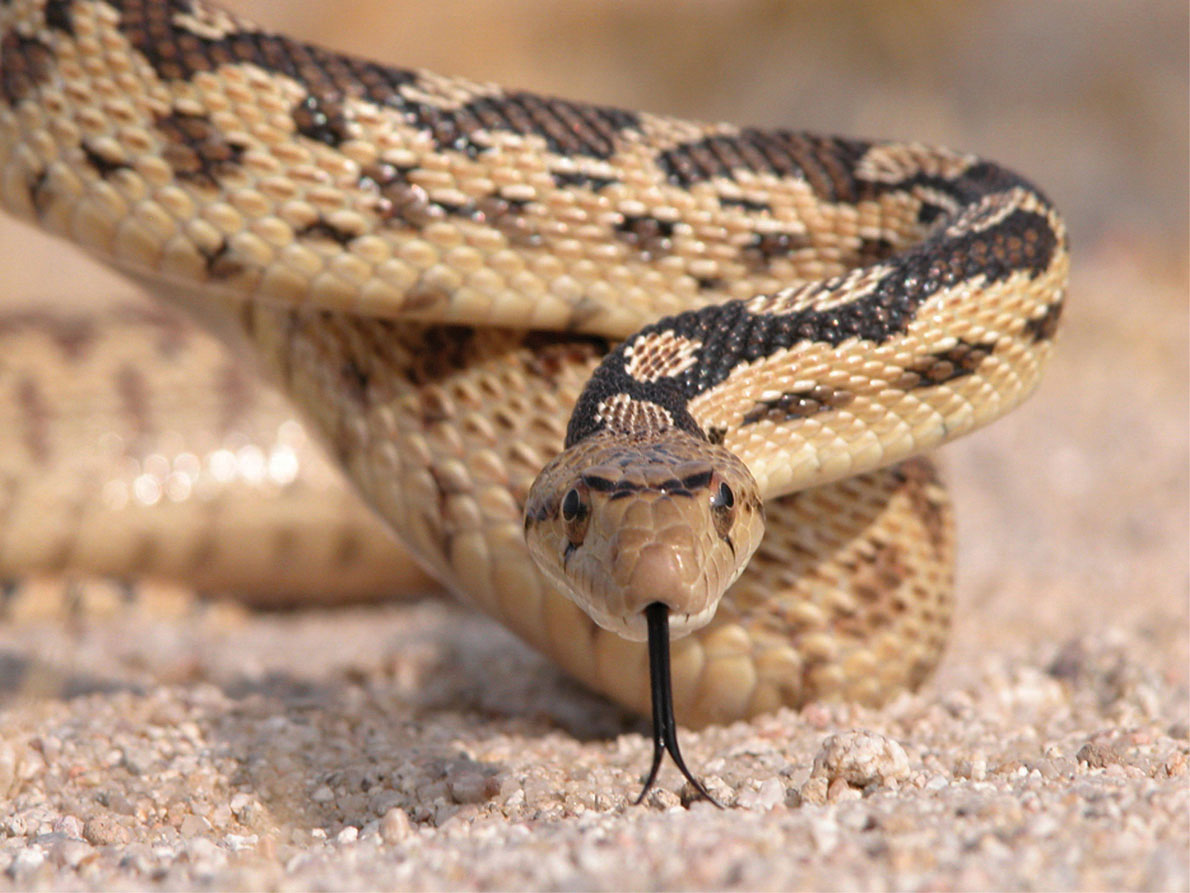
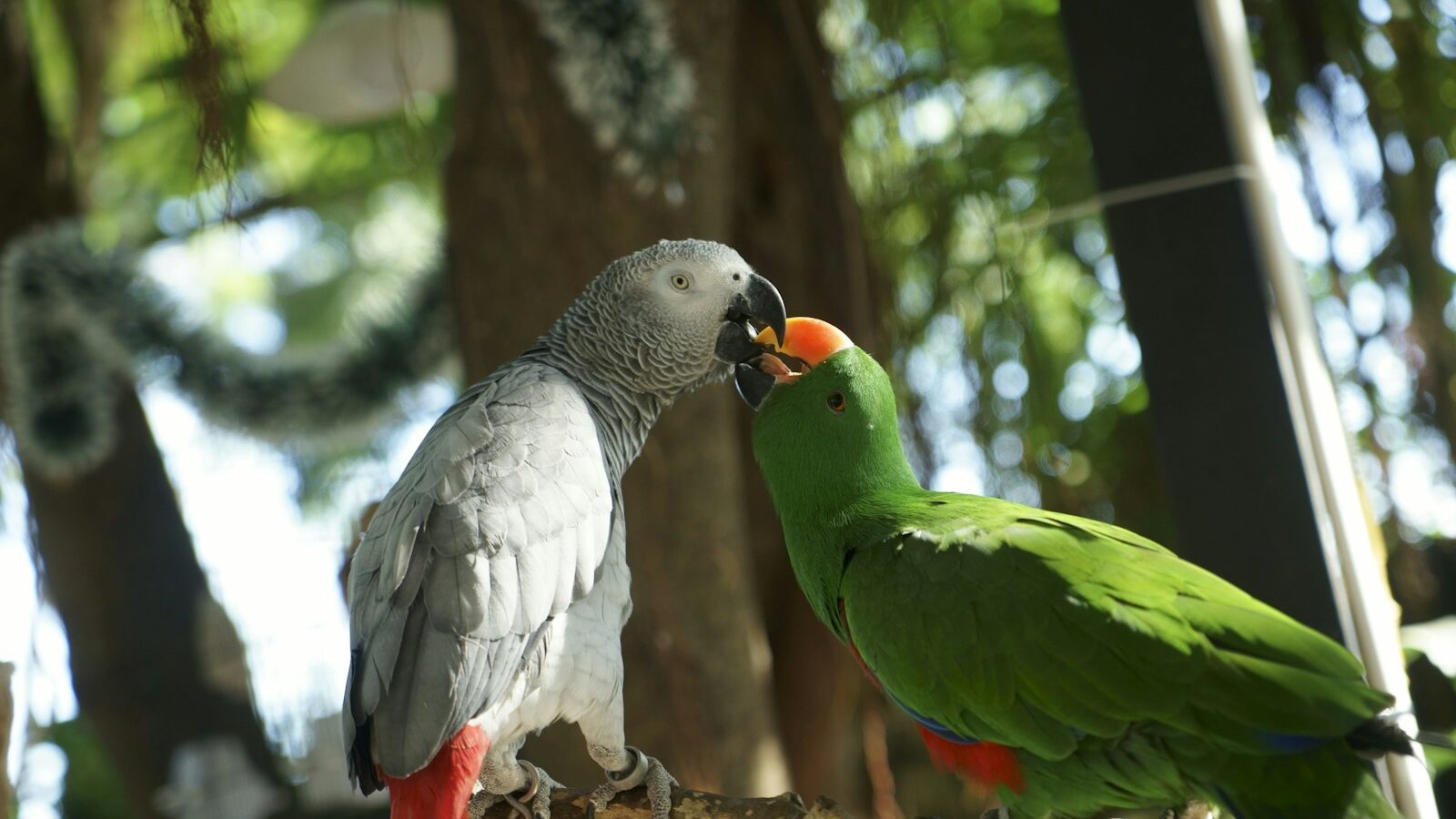

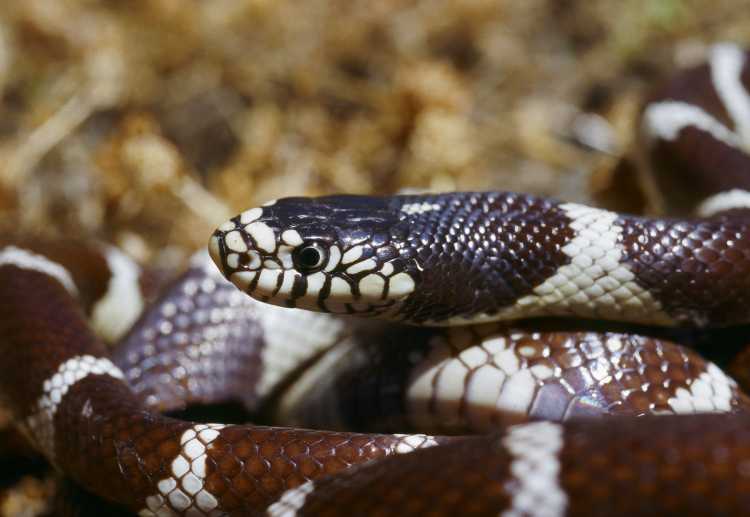




Leave a Reply